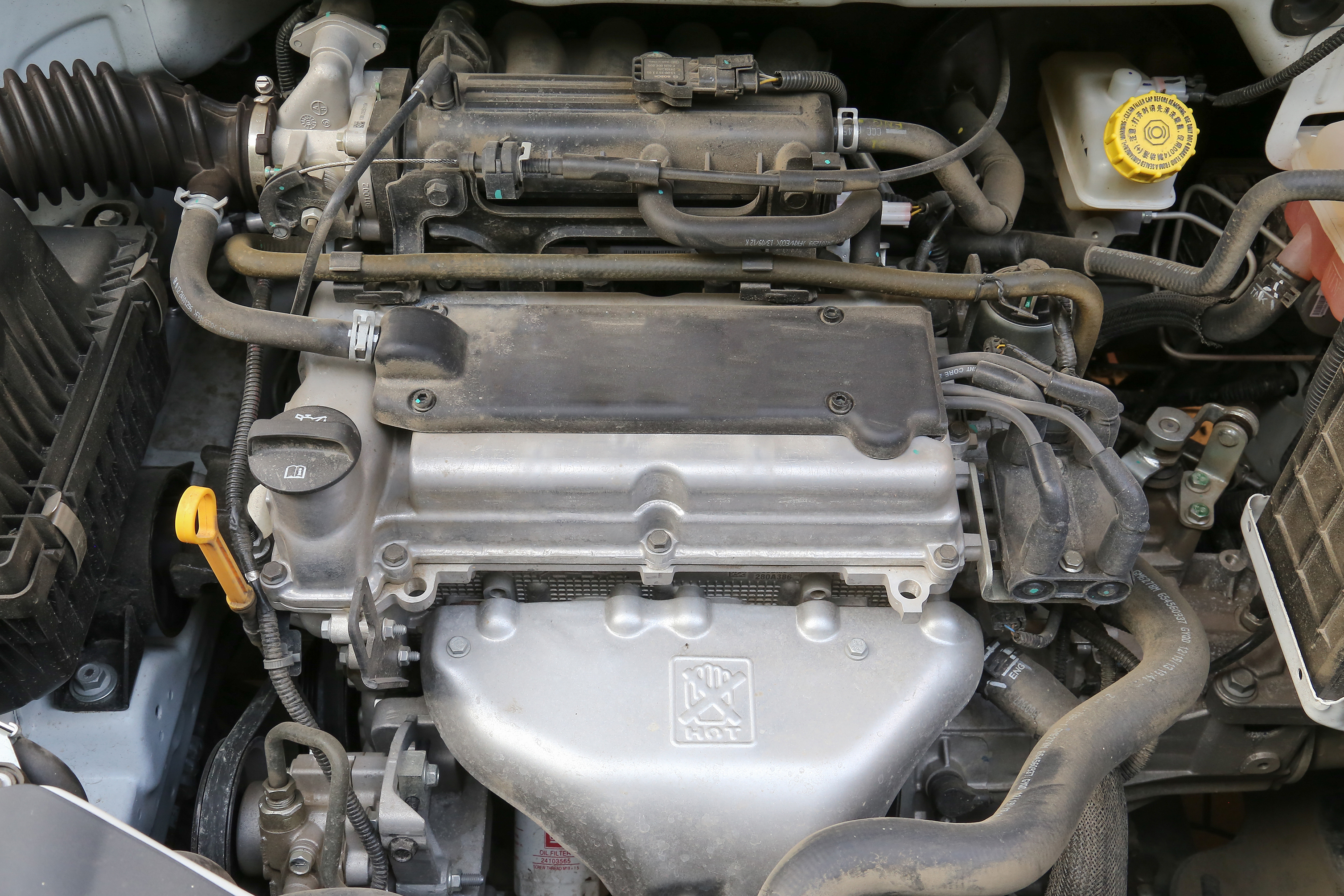
I own a small car. It’s a 4-cyilynder with a 6-speed standard transmission and front-wheel drive. And a roof rack for my skis.
I know how to turn it on, make it go and stop. And that’s about it. There may as well be a nuclear reactor under the hood. When the dashboard “check engine” light goes on, I take it to someone who knows what they’re doing.
The AIA 2030 Commitment is like a dashboard indicator light for your architectural firm. (Hopefully, we all know a lot more about our firms than I know about my car!) My firm, Bergmeyer, has been reporting the energy use intensity and lighting power density of all our projects since 2011. We now have three years of reporting data to show for it. The collective EUI of our whole-building projects has been steadily improving against a baseline comparison: 15.0% better in 2011, 25.1% better in 2012, 29.6% better in 2013. This is surely good.
But – here’s the important part – we are not gaining ground on the AIA 2030 Commitment reduction target. In order to get us to carbon-neutral by 2030, our work needs to be 60% better than baseline now. That’s a 30-percentage-point delta between where we are and where we need to be.
So our AIA 2030 “check engine” light is on. What do we do next? We get help.
We called Barbra Batshalom at the Sustainable Performance Institute. SPI’s goal is to help your firm deliver on its sustainable design promises. It’s like having dealer warranty service for your firm. But Barbra makes house calls. And without greasy overalls.
We brought SPI in for a practice assessment. They did staff and client surveys about our firm’s sustainable design expertise. Barbra then joined us for a two-hour deep-dive work session to simulate a typical project delivery process. This step felt a whole lot like having the hood up. We met again later to review her diagnostics.
As expected, it was good news and bad news. The best good news was that Bergmeyer’s leadership is very commitment to sustainable design. In Barbra’s experience, that’s not always the case. But the bad news: not all of our project teams are connected to the mission. Again, not unusual for a firm of our size, but to accelerate the energy efficiency of all our design work we need to be firing on all cylinders.
We learned that we need to pay more attention to how sustainable design goals inform our project delivery methodology. I know that sounds a bit like MBA-style doubletalk, but when we discussed it together we began to see strategies. Like these:
- Promote LPD (Lighting Power Density) fluency on project teams. LPD sounds like an easy concept (watts divided by square feet, right?) but it gets complicated when retail projects have extra wattage allowances for display and fixture lighting that vary depending on what code is being used. And our MEP engineers do the calcs for us. We need to own that process and build it into our design work.
- Focus on project initiation: That’s traditionally when the rules of the road are made clear. But we have a lot of small, high-speed projects. The sports metaphor of a “kick-off” meeting doesn’t always apply. Many of our projects are more like “get your motor runnin’!” then we’re zero to sixty in three-point-five. We’ll have to find a way to get alignment around sustainability goals within these dynamic schedules.
- Get better at making the business case of sustainable design: Heard this one before, right? Not easy. But our project teams are already very adept at managing the cost implications of design decisions. We’re good with budgets. So maybe we can merge that budget-consciousness with energy consciousness and “sell” it as one package. Hmm . . .
So thanks to the AIA 2030 Commitment and the Sustainable Performance Institute, the road ahead of us is clear. We’re back on track. Ready to put the pedal to the metal. (Enough already!) Stay tuned, we’ll keep you posted on our progress. Just don’t drive like my brother.